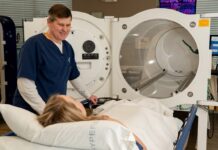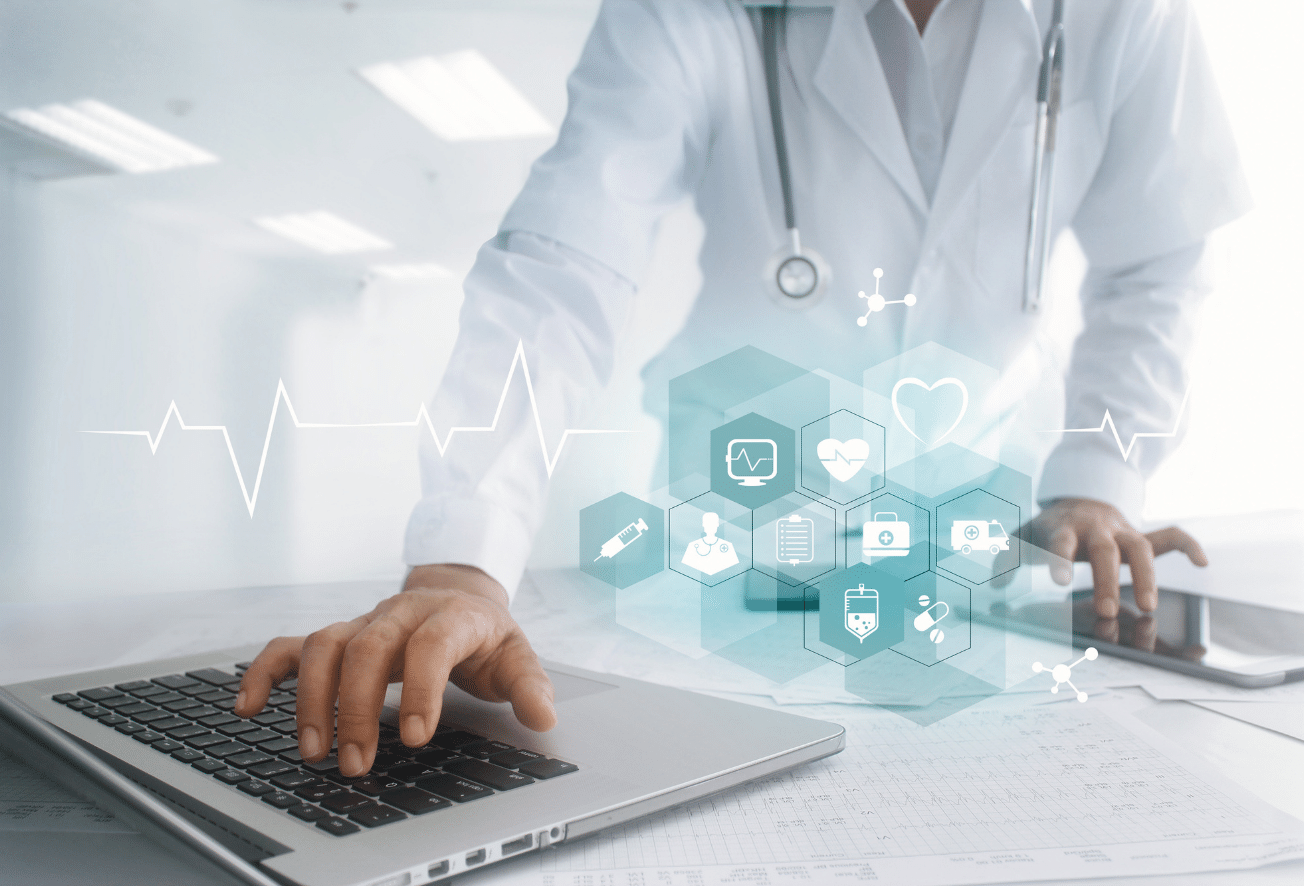
With the continuous digitization of records, one industry that has benefitted immensely from this, and will continue to do so in the future to come, is the healthcare industry. From hospital records to tracing diagnoses from a couple of years ago to repeat medication and more, the data capture software for medical records and data has continued to grow and expand.
Collecting medical data means that not only is it collated for each individual in a succinct way, but it also that data can be shared efficiently in the blink of an eye, making procedures much faster than if they were done in an analog way. There are multiple benefits for clinical trial data as well as research purposes. We explain further just how medical data is collected, so keep reading below.
Why is Medical Data Collected At All?
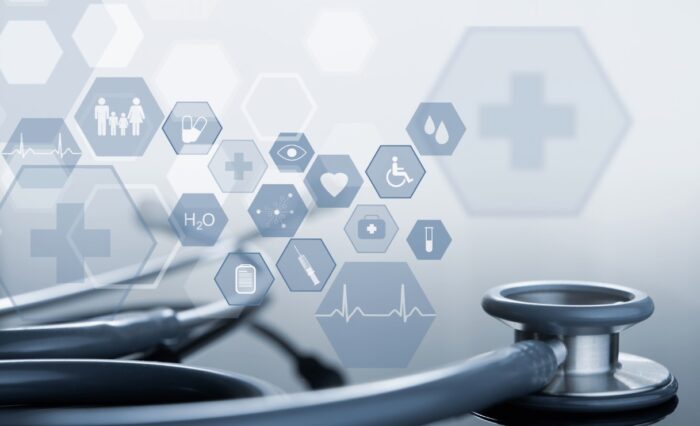
It may seem obvious at first glance, but it’s worth looking at why medical data is collected in the first place. In today’s age, medical data has ended up being something that is shared across the public as well as private sectors. Yes, it’s beneficial to easily be able to look up a patient’s history so they can receive treatment no matter where they are, but that’s not all.
Health plans, health surveys, clinical trials, and billing records, just to name a few, apart from your traditional medical records, are just some of the administrative bodies that may use your medical data and make informed decisions and suggestions that are personalized for you specifically, as a result of it.
Electronic Health Records (EHR)
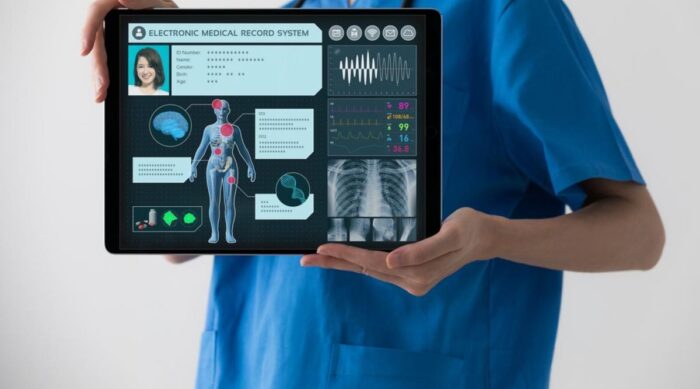
Perhaps the most familiar concept in all of capturing medical data is the use of a personal electronic health record, commonly known as an EHR. This is a system that can collect data about an individual patient from a variety of sources to help the doctor make an informed judgment about particular diagnoses, especially predicting future ones.
The EHR covers everything from the sort of medication that is prescribed to a patient to the surgeries or procedures that have been undergone, and even test results from any lab work they might have been asked to do.
Not only are healthcare professionals able to take advantage of these records to get a more holistic overview of a patient, but it also allows them to inform the patient themselves about any new tests they may be required to take or to ensure they have the correct prescription and are keeping up with it.
Telehealth and Telemedicine
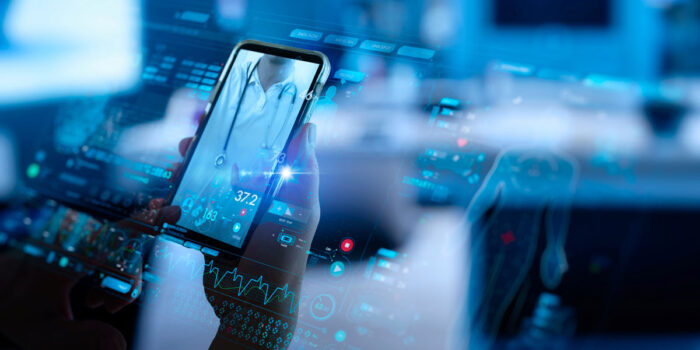
Another way medical data is collated and organized is all thanks to the advancements in telehealth. As the name suggests, the focus here is being able to offer clinical services to patients from the comfort of their homes, limiting in-person trips to the hospital, which can not only be time-consuming but also a daunting process for many.
Telepresence robots are another example of patients being able to communicate and get in touch with their healthcare providers directly, but from the comfort of their homes via video conference calls, once again eliminating the need for them to physically go into the hospital themselves. The market for telepresence robots is predicted to grow extensively by 2026.
Telehealth has really taken off thanks to smartphones being in everyone’s hands, meaning that for a telephone or even video consultation, you don’t even need access to a laptop. It can all be done right from your phone!
Medical data is collected through initial consultations via the phone, follow-up appointments, and keeping an eye on health levels, and more recently, these features have even been demonstrated for assistance in surgical procedures.
‘Wearable’ Technology
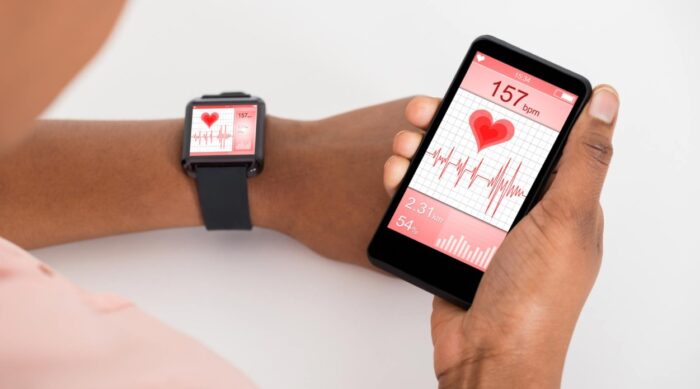
This might sound odd, but wearable electronic technology is another way in which medical data can be collected more efficiently than an analog system. Thanks to the advancements in artificial intelligence, physicians can constantly monitor the health of their patients without them coming into the hospital, as was the case with telehealth.
Commonly known as wearables, these include gadgets and sensors that are used for monitoring purposes and function 24/7. That could include not only worn sensors but also actuators, glucometer readings, and the monitoring of other vital signs. All of these can assist a doctor in not only monitoring but can also help to flag up any abnormalities immediately, something that can’t be done as efficiently by hand or could be overlooked.
It can also mean that doctors can use a plethora of data to make suggestions for medication or treatments faster because of the accuracy of the data they are receiving. This is just one of many examples of predictive analytics, but its benefits are innumerable. Reducing the risk of a disease or even preventing an issue from occurring altogether, thanks to accurate and efficient data, is certainly impressive and beyond beneficial for now and the future.


